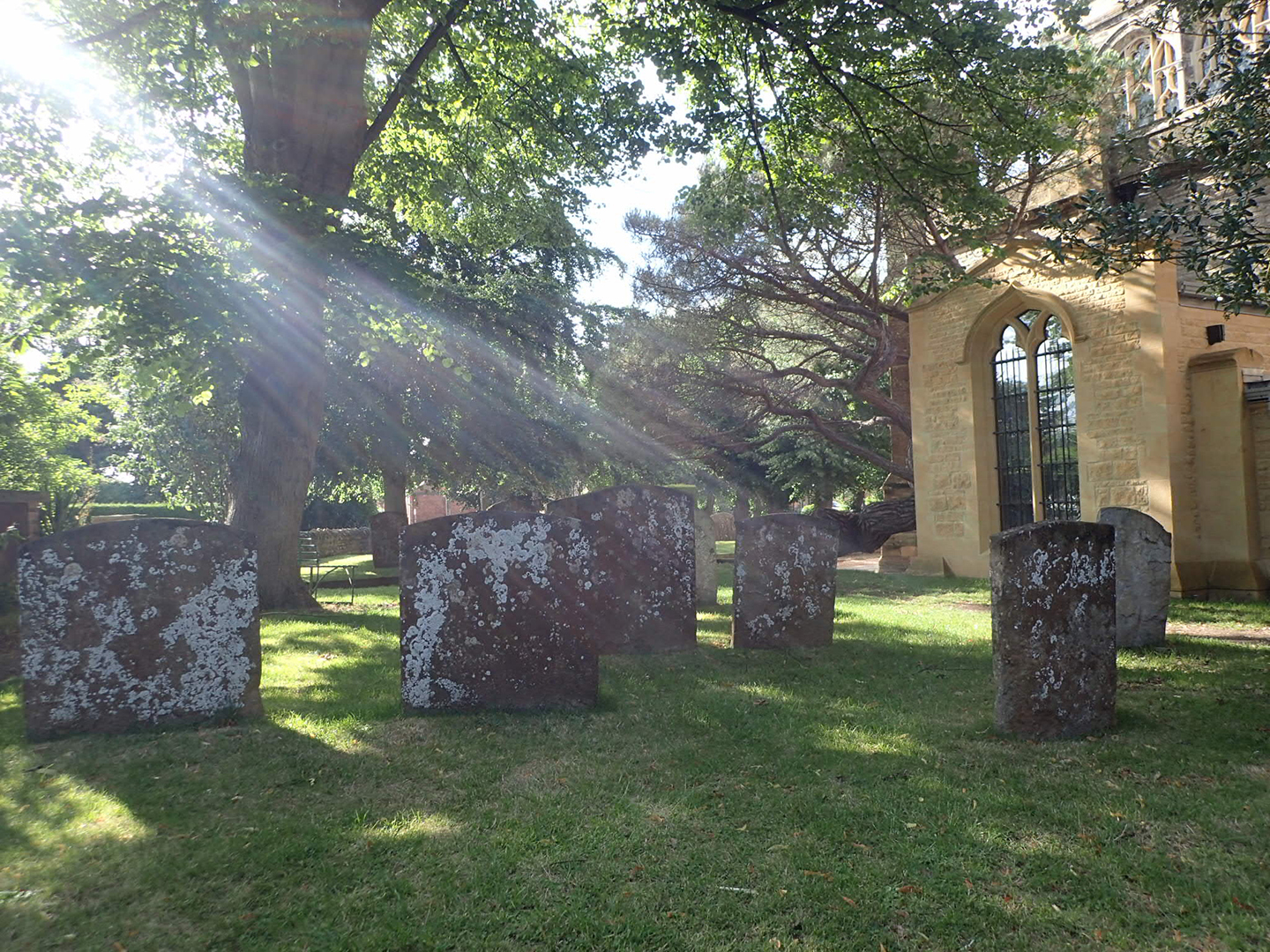Writers like to talk about revision as re-vision—that is, to re-see—but before you can re-envision anything, you have to clearly see what’s there in the first place. Which can be hard to do when you’re close to the material.
Fortunately, Dave Housley is here to help. He’s the author of four collections of short fiction, including Massive Cleansing Fire, If I Knew the Way, I Would Take You Home, Commercial Fiction, and Ryan Seacrest is Famous. His most recent book is this novel:
“I do have one thing I do [in a workshop] when we get into the area of a story spending a whole lot of time/energy on one specific thing/scene/character/whatever when maybe that thing doesn’t actually merit as much space/energy in the larger scheme of the story.
What I do is make a spreadsheet of how many words or pages each thing takes up, and then make a pie chart of the percentages, so you can see something like:

That’s if I think, for instance, that the flashback scene is taking up too much time and not doing enough in the story. It helps sometimes to see what those ratios actually are, especially if there’s a really long scene, or often it is flashback/back story, and I think maybe it’s not carrying enough weight in the story to merit that kind of heft.
Measuring. Weighing. Thinking about ratios. These are doses of objectivity that can give you a little critical distance on your story—or at the very least, offer a different way of seeing the parts that might help you re-see the whole.
Try it out! Then drop me a note in the comments or at furuness(at) gmail.com to let me know how it went, and if you made any tweaks of your own to the strategy.
Check out more Housley here. And if you really like this kind of literary data-crunching, check out NABOKOV’S FAVORITE WORD IS MAUVE.

